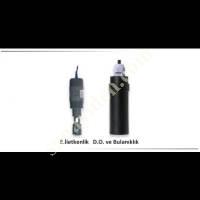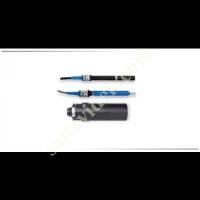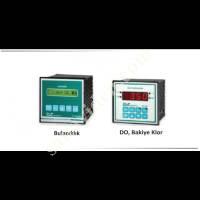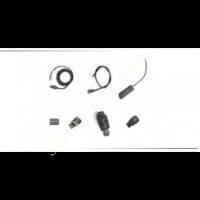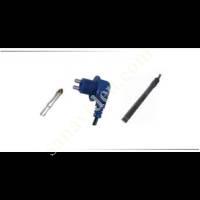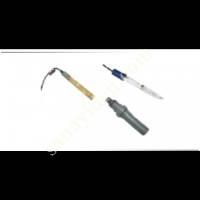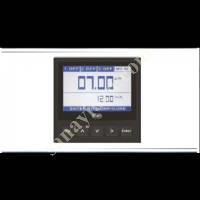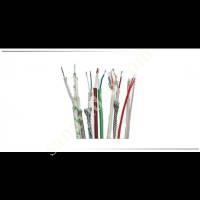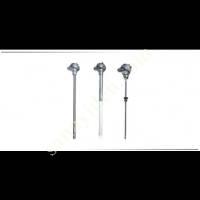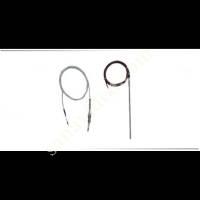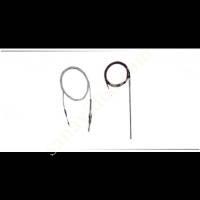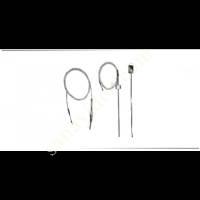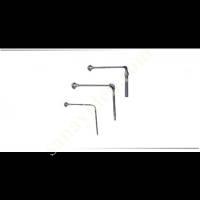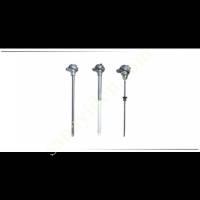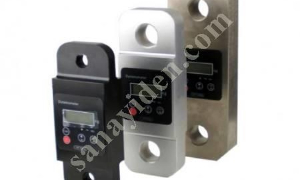
How to Make a Dynamometer at Home for Just $5
Introduction: Dynamometers are a great way to learn how your business is doing. They can also be used to measure growth, development and success. And with just a few supplies, you can make your own dynamometer at home for just $5. Setting up and using your dynamometer is not difficult and will definitely help you learn more about your business than ever before. So what are you waiting for? Get started today by reading this article and following the guidelines!
Section entry.
Making a dynamometer is an easy and low-cost way to measure force and motion. You can make your own dynamometer at home for only $5 using materials you probably have on hand. To make your dynamometer, cut two pieces of wood (or plastic), drill a hole at one end and screw the other end into the drill. Next, fold a few pieces of paper or plastic over the wood or plastic. Change the direction of the screws every few coats to ensure even coverage. Add some weights (a rock, penny, or anything else that will make the elevation and pressure changes you want to measure) to each layer until you have a good idea of how much force is applied when testing your dynamometer.
How To Make Dynamometer.
A dynamometer is an instrument that can be used to measure the force of a physical object. The most common types of dynamometers are those that use springs to measure the force between two objects. Other types of dynamometers include those that use screws to measure force and those that use weights or other materials to measure force.
To make a dynamometer you will need some materials including:
-Scissors
- A quarter-size block of wood
-A level or an unmarked tape measure
-An open book or magazine
-One or more springs
-Wool gloves
-Eggs (optional)
1. Cut off one end of the wood block and remove any excess material. Place one end facing your work surface and the other end facing away from you. Use scissors to cut the top layer of wood until you reach the metal band at the bottom of the dynamometer box. Make sure you don't cut both sides of the metal tape! This will help keep your Dynamometer box steady during construction (you will reattach it in step 2). 2. Now take another piece of wood and cut off one end as before but this time do not cut the metal tape at the bottom of the box. 3. Turn your dynamometer so its head is facing your work surface and screw one end of each spring until they are snugly against each other (you will hear a "click" when they engage). 4. Take an egg and place it on a spring while still attached to its wire (so it sticks in place). 5. Close your eyes and rock back and forth in your chair or desk as you try to apply equal pressure to both ends of both eggs until you hear a "click" as each spring joins - it should now be possible. Remove both eggs without any problems!
How to Use Dynamometer.
To make your dynamometer you first need a piece of metal and a Magnet. You will also need an e-reader or other electronic reader to print the test material. The magnet must be placed on the metal so that it can catch the dust. Next, insert the paper cassette into the dynamometer and press it until you hear a loud noise.
Then use the e-reader or other electronic reader to print the test material. The test material should look like this:
The test material should be placed in one of the test chambers in the dynamometer. The hopper must be filled with powder so that it makes a loud noise when you step on it.
After you've made all the test materials, put them in one of the test chambers on the dynamometer and press them until you hear a loud noise.
The sound from each chamber will give you an idea of how accurate your Dynamometer is. If everything feels right, your Dynamometer is correct. If there are any bugs, you need to fix some things before testing next time!
How to Use Dynamometer.
The first step in making a dynamometer is to get the necessary materials. You will need a Dynamometer, an electrical cell and some wire. To make your dynamometer, following these steps will help:
1. Cut the wire into short pieces about 24 inches long.
2. Connect one end of each piece of wire to the electrical cell (white part) and the other end to ground (black part).
3. Make a small hole on one side of the dynamometer so that you can place the dynamometer inside.
4. Plug the power cord into your computer and wait for it to start (you may need to shut down your computer if you do this on an older computer).
5. Place the dynamometer in front of a light and watch it oscillate (it should move up and down).
6. When you are satisfied with the operation of the dynamometer, remove it from the plastic housing and cut two circles with a sharp pencil or knife (if desired
7. Now that we have our Dynamometer, all we have to do is run some tests!
conclusion
Making a dynamometer can be a fun and rewarding project. You can make an accurate and useful dynamometer by following these simple steps. You can also check its accuracy by using the dynamometer correctly. All in all, making a dynamometer is an enjoyable activity that can help you explore new possibilities in engineering.

